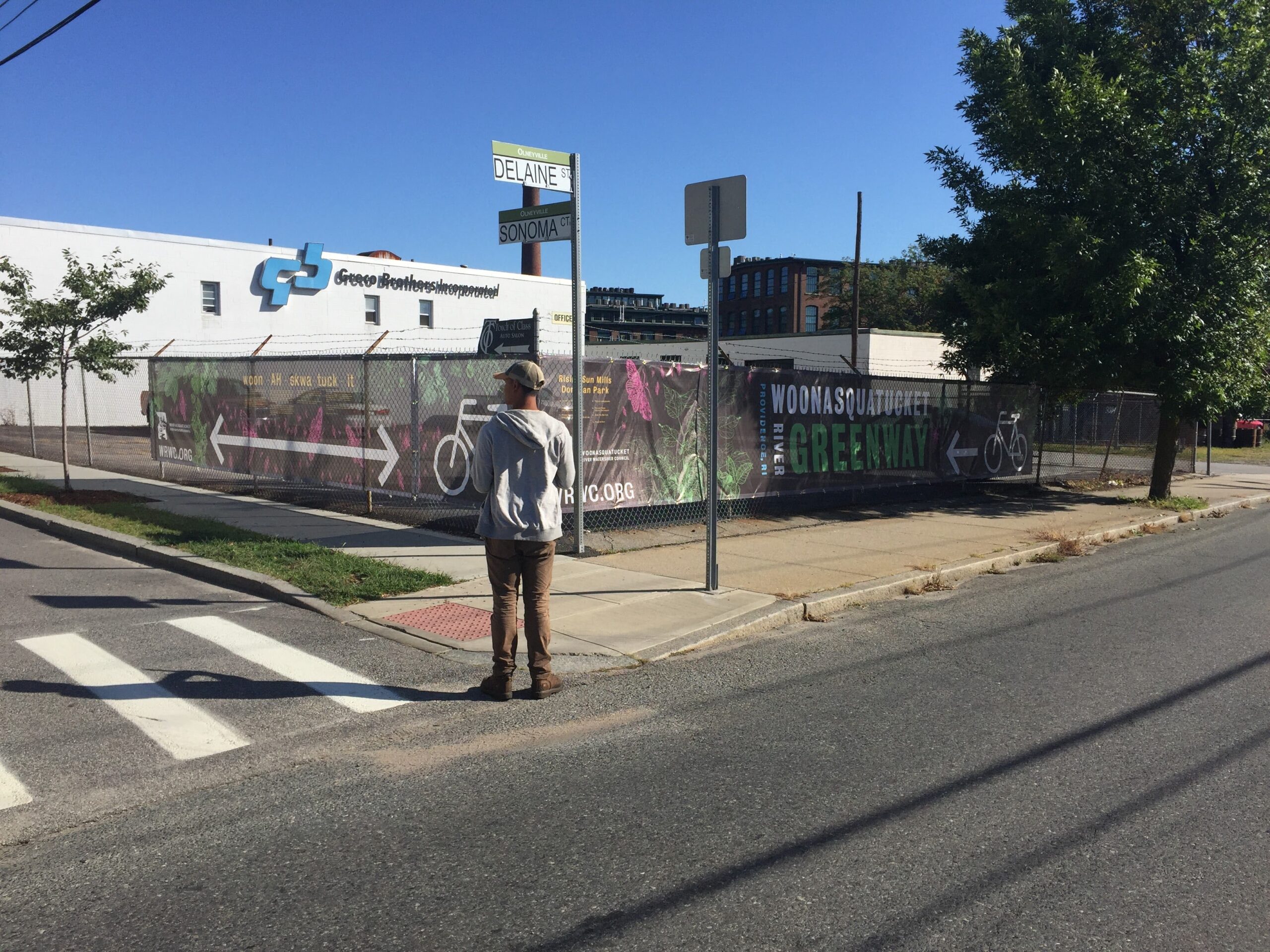Hope Urbanism: Human-Scale Neighborhoods More Necessary Than Ever
In his op-ed for ecoRI News, Jon Ford highlights the urgent need for compact, walkable, and mixed-use neighborhoods—what he calls human-scale urbanism—as a critical response to today’s housing, environmental, and infrastructure challenges. Among the many examples he offers, Ford spotlights the Woonasquatucket River Greenway improvements as a powerful model of how public infrastructure can reconnect communities, restore ecosystems, and create healthier, more inclusive urban spaces. The WRWC’s work along the Greenway—adding trails, pocket parks, kayak launches, and green stormwater infrastructure—demonstrates how thoughtful investment in public space can support climate resilience, community health, and equitable access.
Thank You:
We’re grateful to Jon Ford and ecoRI News for recognizing the Woonasquatucket River Greenway as a vital example of human-scale urbanism in action. The WRWC is proud to be part of the movement reimagining our cities around people, nature, and community.

